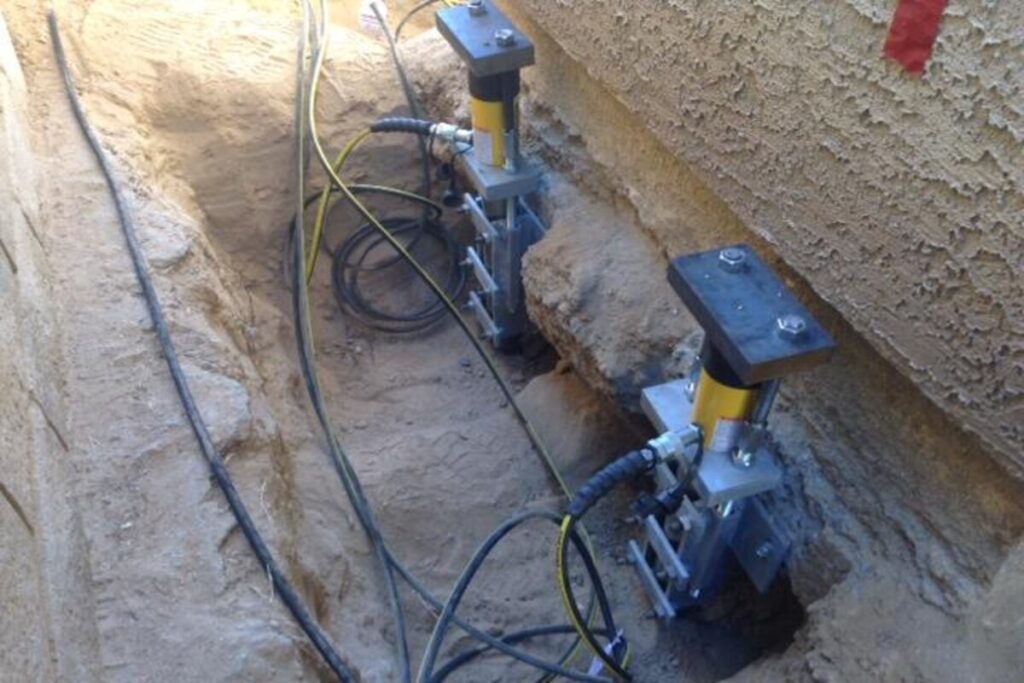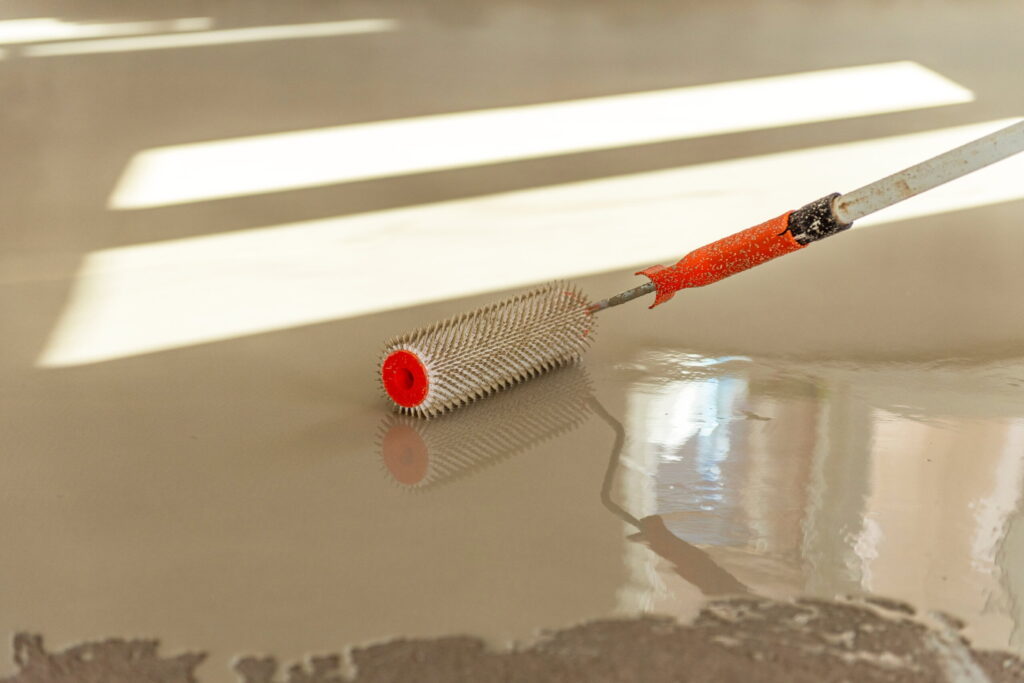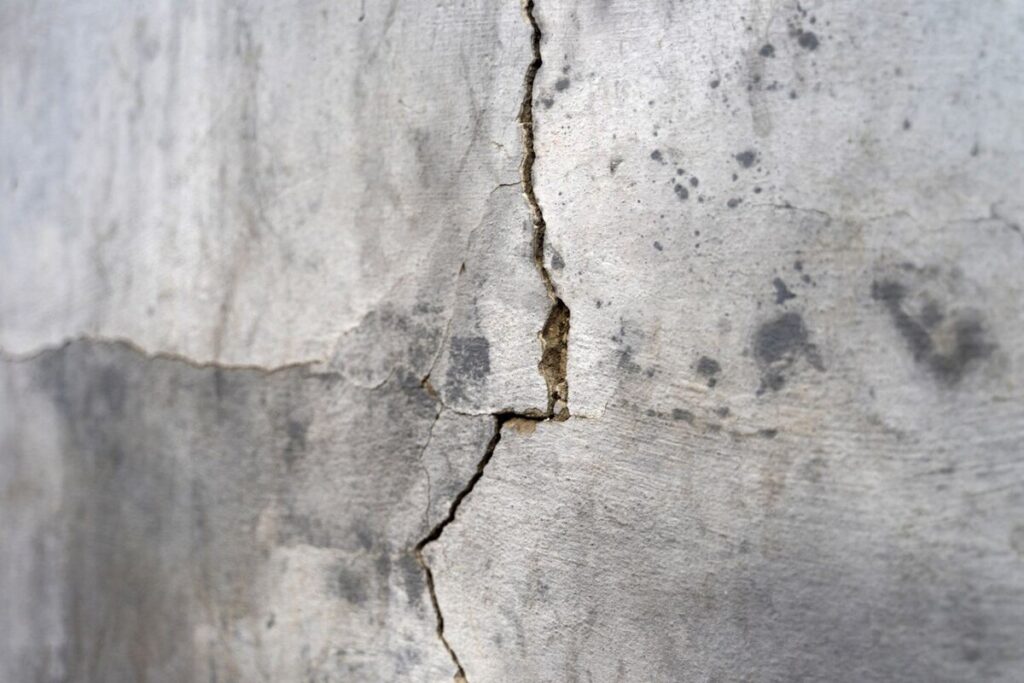Foundation heaving is a common issue that homeowners may encounter, characterized by the upward movement of a house’s foundation. This phenomenon often occurs in the middle section of the home, resulting from various factors such as settling of foundation walls or slabs. Understanding the signs and causes of foundation heave is crucial for maintaining the structural integrity of your home.
What is Foundation Heaving?
It refers to the vertical displacement of a home’s foundation caused by factors like soil movement, settling, or expansion. This upward movement can lead to significant structural damage if left unaddressed. Identifying the signs of foundation heaving early on is essential for implementing timely repairs and preventing further deterioration.
Causes of Foundation Heaving
Several factors can contribute to foundation heaving, including soil conditions, moisture fluctuations, and structural issues. Expansive soils, prevalent in certain regions, expand and contract with changes in moisture levels, exerting pressure on the foundation and causing it to heave. Poor drainage around the foundation can also lead to soil expansion, exacerbating the problem.
Signs of Foundation Heaving
Recognizing the signs of foundation heaving is crucial for early detection and intervention. Common indicators include cracks in the walls, floors, or foundation itself, uneven floors, doors or windows that no longer close properly, and gaps between the walls and ceiling. If you notice any of these signs, it’s essential to consult a professional to assess the extent of the damage and recommend appropriate solutions.
Solutions for Foundation Heaving
It requires effective solutions tailored to the specific circumstances of your home. One common approach is peer work, which involves stabilizing the foundation from the exterior by lifting and reinforcing it with supportive materials. Additionally, installing adjustable posts throughout the frame of the home, particularly under main girders, can help accommodate any vertical movement and prevent further heaving.
Implementing Preventive Measures
In addition to addressing existing foundation heaving, implementing preventive measures can help minimize the risk of recurrence. Proper drainage systems, including gutters, downspouts, and grading, can help manage moisture levels around the foundation, reducing the likelihood of soil expansion and contraction. Regular inspections and maintenance can also help identify potential issues early on, allowing for timely repairs and mitigating further damage.
Consulting Professionals
It’s essential to seek assistance from qualified professionals with experience in structural repairs. A licensed contractor or structural engineer can assess the extent of the damage, identify underlying causes, and recommend appropriate solutions tailored to your home’s specific needs. By entrusting the repair process to experts, you can ensure that the issue is addressed effectively and prevent further damage to your home.
In Summary
Foundation heaving poses a significant risk to the structural integrity of your home, but with timely intervention and appropriate solutions, it can be effectively addressed. By recognizing the signs of foundation heaving, understanding its causes, and consulting professionals for repairs, you can protect your home from further damage and ensure its long-term stability.
If you have noticed signs of structural issues in your home, don’t hesitate to contact us for expert assistance and personalized solutions.




